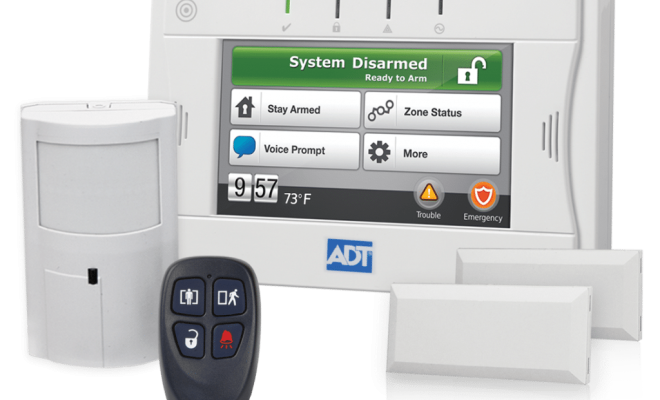Pop-up campers: Everything you need to know

Introduction:
A pop-up camper is a type of recreational vehicle (RV) that adds a touch of comfort and convenience to your outdoor adventures. These compact, lightweight RVs combine the best features of a tent with some amenities that you’d typically find in a larger, more expensive RV. In this article, we’ll give you an overview of everything you need to know about pop-up campers, including their benefits, costs, types, and essential maintenance tips.
Benefits of Pop-up Campers:
1. Affordability: Pop-up campers are typically less expensive than other types of RVs, making them an excellent option for budget-conscious campers.
2. Lightweight and easy to tow: Because they’re light and compact, pop-up campers can be towed by most vehicles, saving you the expense of purchasing or renting a heavy-duty truck.
3. Easy setup and takedown: Pop-up campers are easy to set up and take down, often in just minutes.
4. Fuel efficiency: The lightweight design means better fuel efficiency for your tow vehicle when compared to larger RV options.
5. Accessibility: With their smaller size, pop-up campers allow you to access more remote camping locations that are off-limits to larger RVs.
Types of Pop-up Campers:
1. Tent Trailer: Also known as folding camping trailers, these are the simplest type of pop-up camper. They feature soft-sided walls made from canvas or vinyl-like materials and can comfortably sleep up to six people.
2. A-Frame Camper: This type utilizes a hard-sided triangular design when set up, providing increased protection from the elements and better insulation compared to tent trailers.
3. Hard-Sided Pop-Up Camper: These campers are similar in size and layout to tent trailers but offer rigid walls when expanded. They provide added security and insulation while retaining the lightweight nature of pop-up campers.
Cost of Pop-up Campers:
The price range for pop-up campers varies widely, depending on the size, features, and brand. On average, you can expect to pay between $4,000 and $20,000 for a new pop-up camper.
Maintenance Tips:
1. Properly set up and take down your camper each time you use it to prevent damage and wear.
2. Always clean and dry your camper before storing it to prevent mold and mildew growth.
3. Inspect the canvas or vinyl walls for any tears or signs of wear after each trip.
4. Check the roof and seals for leaks regularly to avoid water damage.
5. Lubricate all moving parts, such as cables and pulleys, as needed to ensure smooth operation.
Conclusion:
A pop-up camper is a fantastic option for those who want the added comfort of an RV without the expense and hassle of larger models. Their affordability, easy towability, quick setup, and increased fuel efficiency make them an attractive choice for a wide range of outdoor enthusiasts. By understanding the various types of pop-up campers available and following basic maintenance tips, you can enjoy countless adventures in your own portable home away from home.






